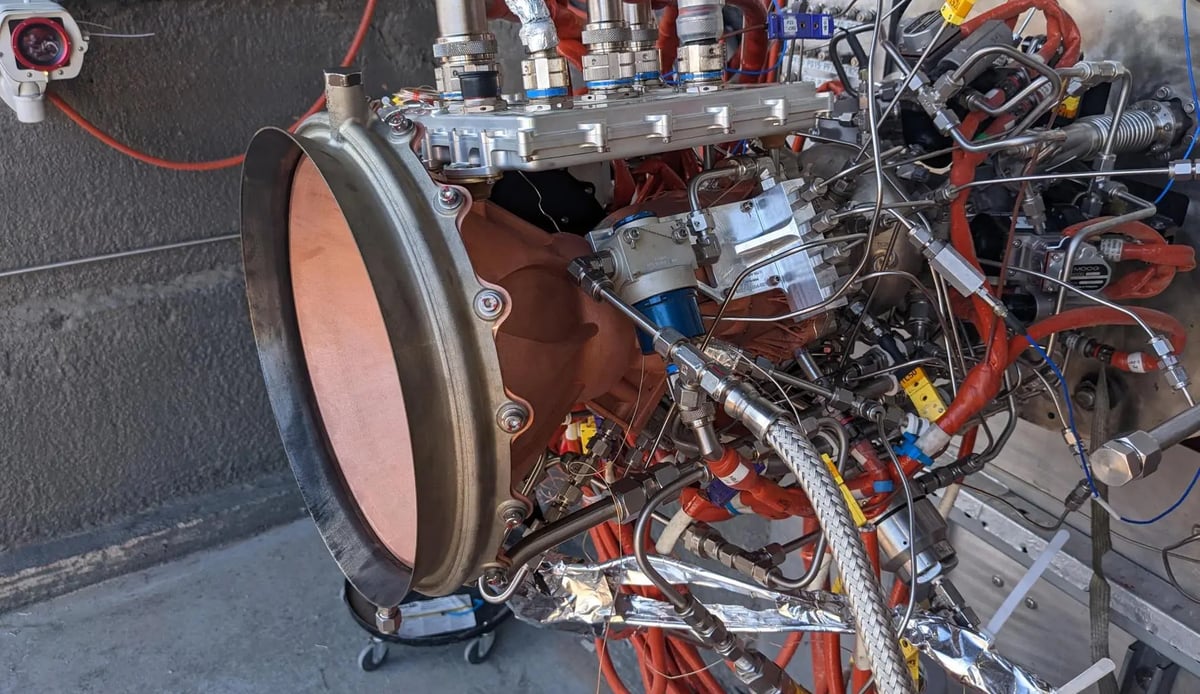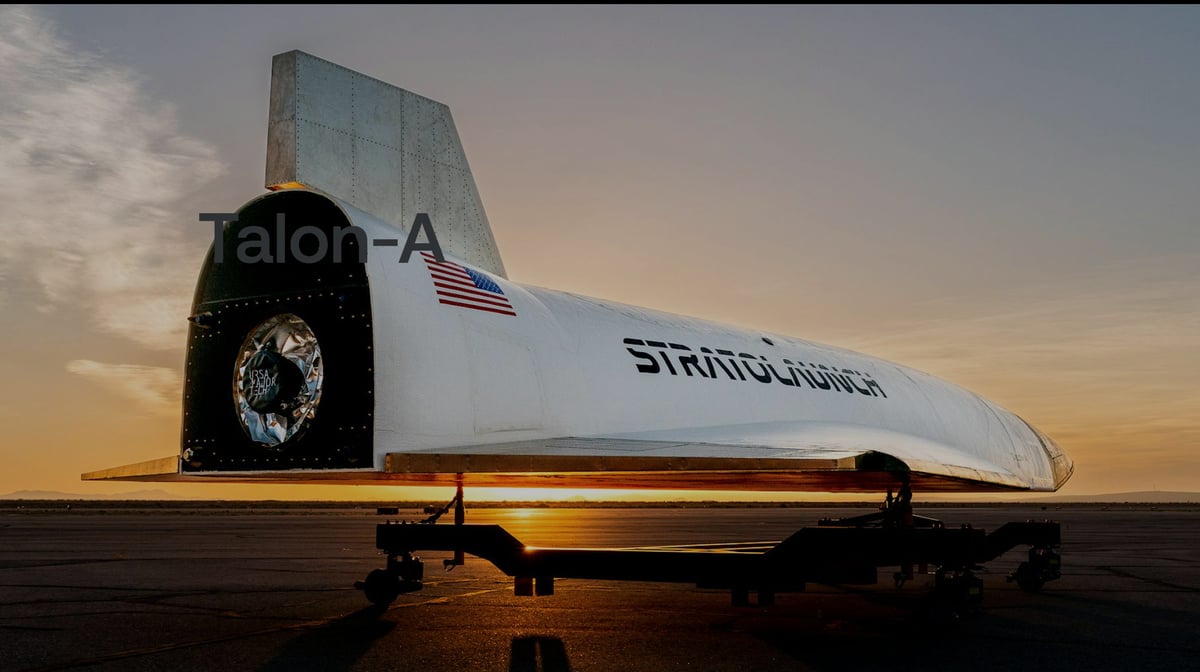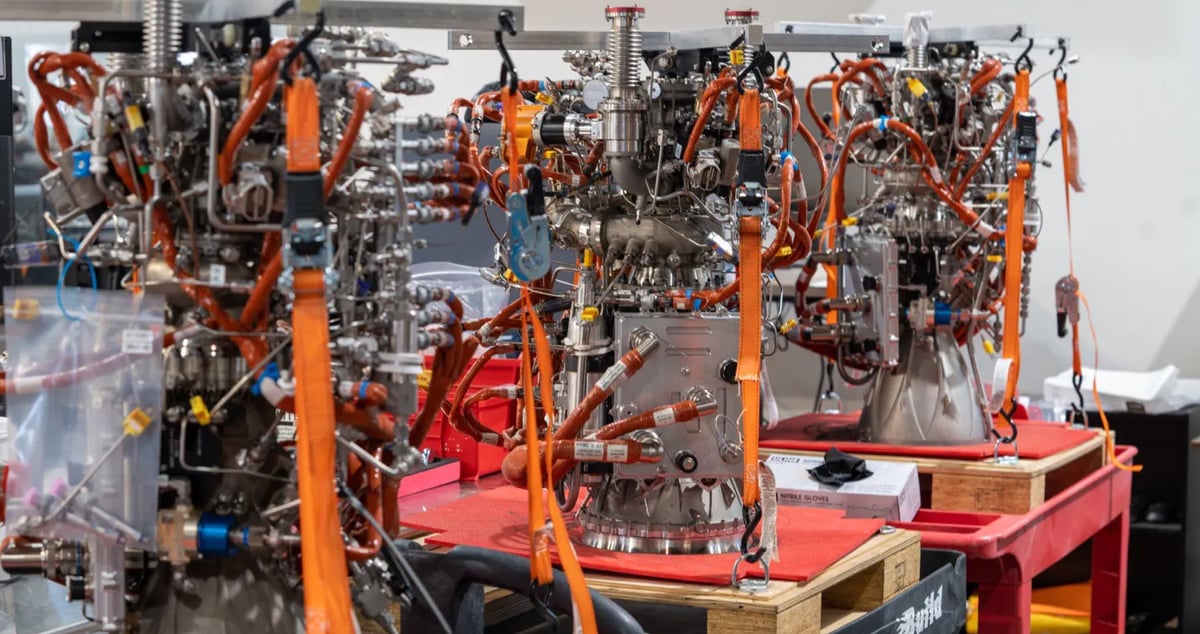Adding to the list of 3D printed things that prove the strength and versatility of the technology is the Hadley engine from Ursa Major that broke the sound barrier over the Pacific ocean this past weekend.
The Hadley powered the new Stratolaunch Talon-A1, the first American privately funded, reusable and autonomous hypersonic test vehicle designed to further the application of hypersonic flight by making flight testing more accessible and affordable.

It was a successful testing day for both the craft and the engine, reaching high supersonic speeds approaching Mach 5, according to Stratolaunch.
Stratolaunch’s mission is to advance high-speed technology and it aligns with the goals the US Department of Defense, which has ramped up it hypersonic efforts to develop and deploy high-speed weapons and defense systems on pace with China and Russia.
“We know hypersonic systems work. Now it’s just a matter of being able to design, test, and deploy these systems in a timely and efficient manner,” says Mark Lewis, Former Acting Deputy Under Secretary of Defense for Research & Engineering (Modernization) at the US Department of Defense.

Stratolaunch test vehicle is economical in part because of the Hadley engine, which is economical largely due to 3D printing.
Ursa Major set out to bring engines to market at a much faster pace than had been done before, in months not years, which was only possible by prototyping and manufacturing with 3D printers, the company says. In 2022, Ursa Major was 3D printing using commercially available laser powder bed 3D printers, but the machine that is printing the Hadley currently is not clear.
The Hadley, made from a copper-based alloy at the company’s Youngstown, Ohio, lab, is more than 80% 3D printed by mass.
In 2021, America Makes, a DoD-funded institute based in Youngstown awarded Ursa Major $3 million to help build its lab and additional funds to produce 3D printed engine hardware. The company told Space News that it is producing about 30 Hadley engines a year for the US Air Force and several commercial customers, including small launcher startup Phantom Space and Stratolaunch.

Although the Hadley looks complex, additive manufacturing reduces overall part count and development time while allowing for rapid design, manufacturing, and iterations, says Ursa Major.
License: The text of "3D Printed Rocket Engine Goes Hypersonic Over the Pacific" by All3DP Pro is licensed under a Creative Commons Attribution 4.0 International License.